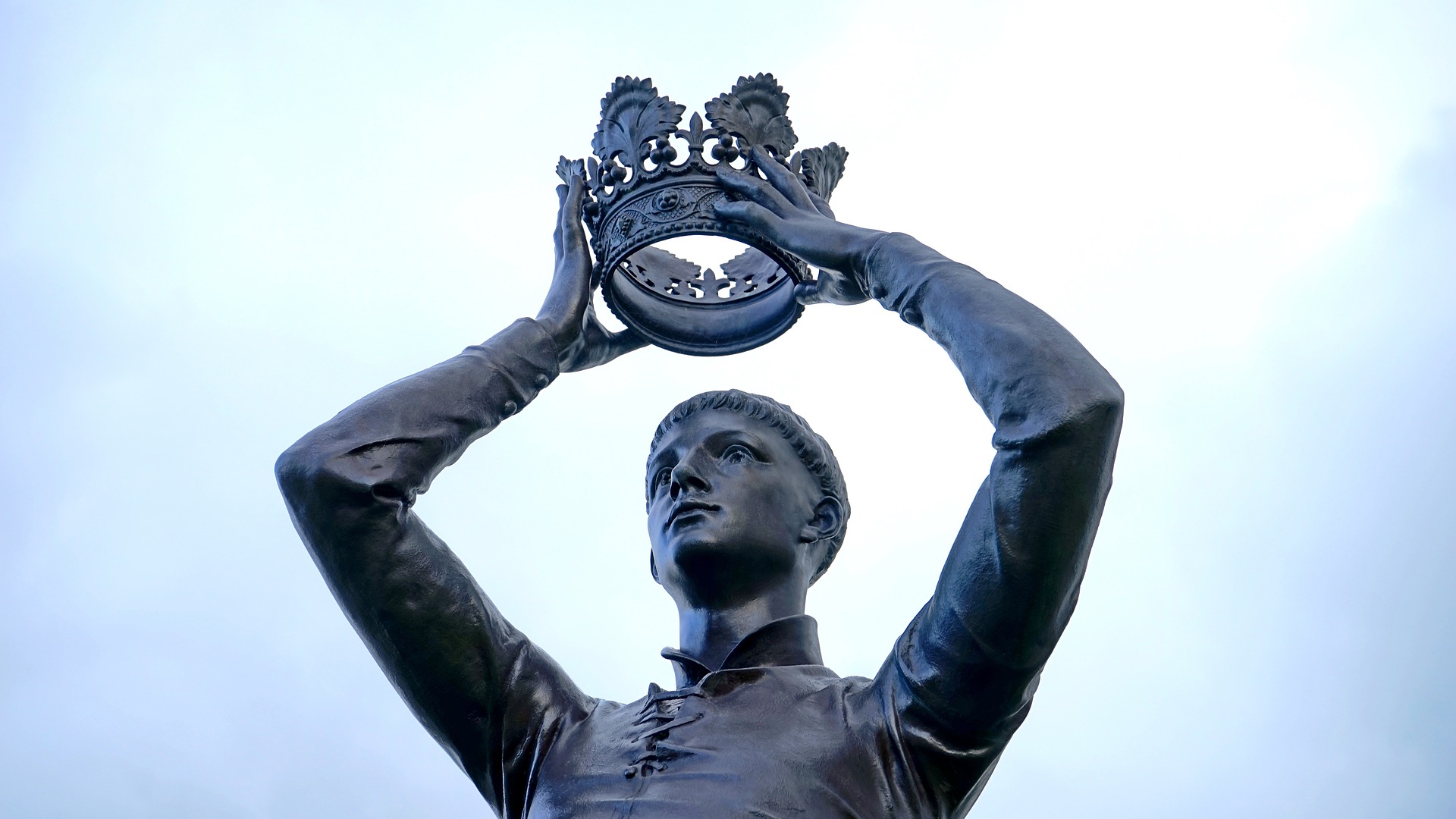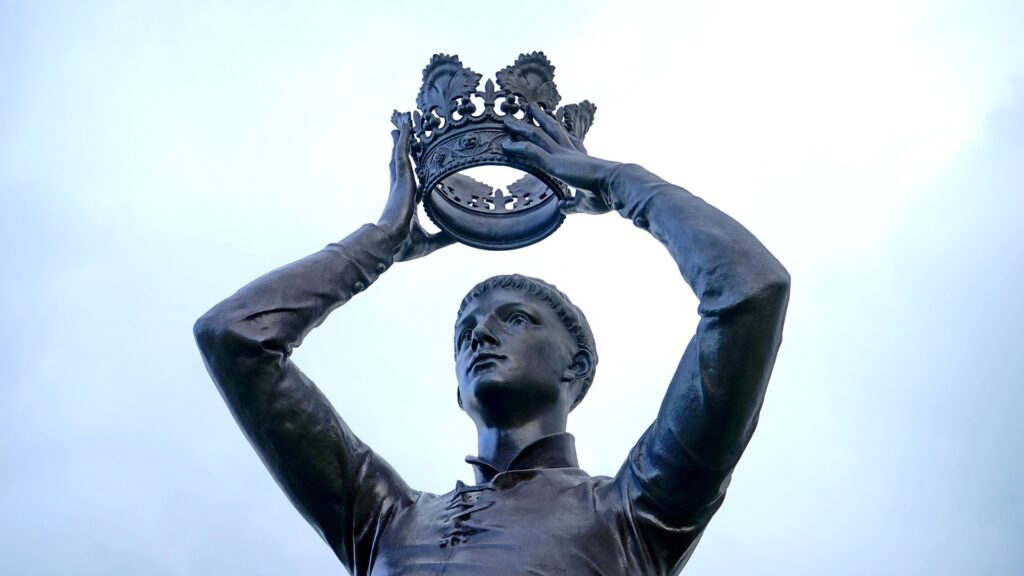Discuss the theme of madness in King Lear. How does Shakespeare explore the descent into madness and its effects on the characters in the play?

Madness Unveiled: The Descent into Madness in King Lear
Introduction:
William Shakespeare‘s King Lear is a tragic play that delves into the theme of madness and its profound effects on the characters within the narrative. Through the portrayal of King Lear’s descent into madness and the subsequent consequences on other characters, Shakespeare offers a poignant exploration of the human psyche and the destructive power of madness.
The Descent into Madness:
King Lear’s descent into madness serves as a central element in the play. Shakespeare portrays Lear’s initial irrationality as a consequence of his impulsive decision to divide his kingdom among his daughters based on their flattery. As Lear becomes aware of the betrayal and ingratitude of his two eldest daughters, Goneril and Regan, his psyche begins to unravel. The sense of betrayal and the loss of power gradually erode his sanity, leading to his erratic behavior and outbursts of rage.
Shakespeare depicts Lear’s madness through powerful imagery and language. Lear’s iconic storm scene on the heath serves as a symbolic representation of his internal turmoil. Through the use of vivid descriptions, Shakespeare portrays the tempest as a reflection of Lear’s psychological chaos. Lear’s speeches during this scene, such as his exclamation, “Blow, winds, and crack your cheeks! rage! blow!” (Act III, Scene 2), showcase his disturbed state of mind and his desire to externalize his internal torment.
Effects on Other Characters:
Lear’s descent into madness has profound effects on the characters surrounding him. One of the most significant impacts is on his relationship with his loyal daughter, Cordelia. Despite Lear’s mistreatment and disownment of Cordelia, her unwavering love and devotion remain constant. As Lear’s madness escalates, Cordelia becomes his only source of comfort and stability. Unfortunately, their reunion is brief, as their bond is tragically severed by Cordelia’s untimely death. The loss of Cordelia deepens Lear’s madness and pushes him to the brink of insanity.
The theme of madness is further explored through the character of Edgar. Edgar assumes the disguise of Poor Tom, a mad beggar, in order to survive and protect himself from his father’s wrath. Through his feigned madness, Edgar provides insight into the impact of societal rejection and the loss of identity. His role as the “poor Tom” allows him to witness the consequences of madness firsthand, ultimately leading to his father’s redemption and reconciliation.
Shakespeare also presents the contrast between feigned madness and genuine madness through the character of the Fool. The Fool’s role as Lear’s companion serves as a narrative device to provide social commentary and to expose the truth that Lear is blind to. The Fool’s witty remarks and cryptic verses offer a satirical perspective on Lear’s descent into madness, questioning the rationality of the world around him.
Madness as a Tool of Revelation:
Shakespeare employs madness as a tool for self-reflection and revelation for the characters. As Lear loses his grip on reality, he gains insight into his own flaws and the consequences of his actions. His realization of his own folly is encapsulated in the poignant line, “I am a very foolish fond old man” (Act IV, Scene 7). Lear’s madness allows him to recognize the superficiality of power and the importance of true love and familial bonds.
Furthermore, madness serves as a catalyst for transformation in other characters. The descent into madness prompts Goneril and Regan to reveal their true natures, unleashing their inner cruelty and greed. The presence of madness also exposes the corrupt and unstable nature of the political and social order within the play, as characters like Edmund manipulate the chaos for their own personal gain.
Conclusion:
In King Lear, Shakespeare masterfully explores the theme of madness and its profound effects on the characters and the overall narrative. Lear’s descent into madness serves as a powerful exploration of the human psyche, revealing the destructive power of unchecked emotions, betrayal, and loss of identity. Through vivid imagery, poetic language, and the portrayal of characters such as Cordelia, Edgar, and the Fool, Shakespeare delves into the complexities of madness, its consequences, and its potential for self-reflection and revelation.
The theme of madness not only affects Lear but also influences the actions and transformations of other characters, exposing their true natures and the corrupt nature of the world they inhabit. Shakespeare’s exploration of madness highlights the fragile nature of sanity and the profound impact it has on individuals and society.
Ultimately, King Lear stands as a tragic reminder of the devastating consequences of unchecked emotions and the fragility of the human mind. Through the portrayal of madness, Shakespeare compels the audience to reflect on the destructive power of hubris, the importance of genuine human connections, and the inherent vulnerability of the human condition.
*****
Read More: Questions and Answers from King Lear by William Shakespeare


